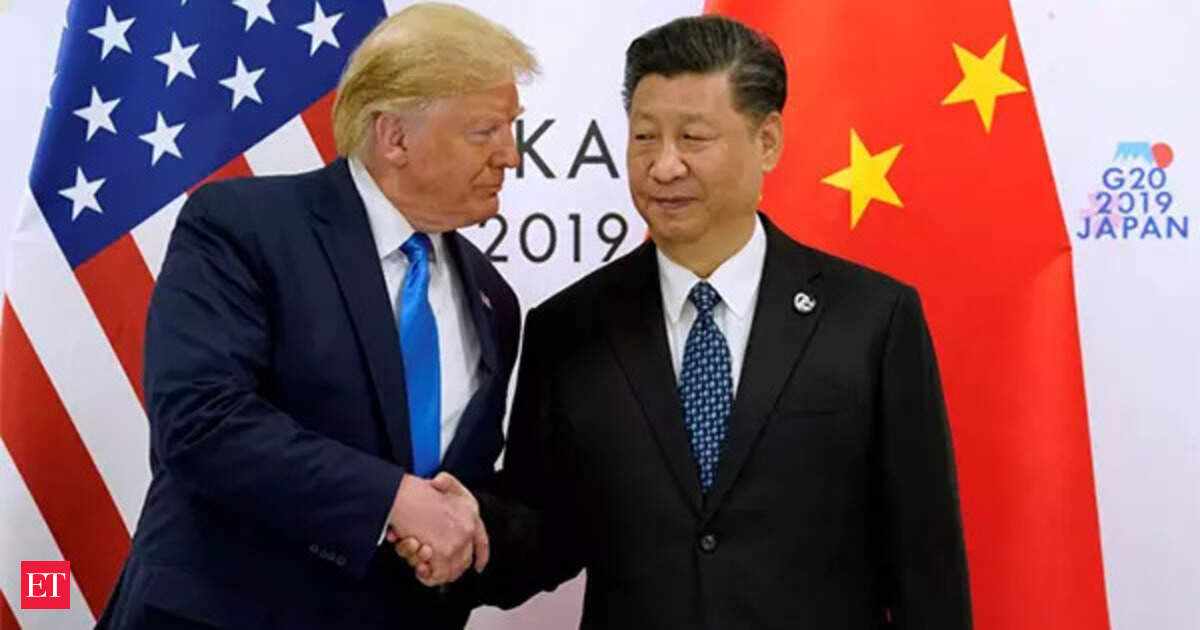Sunday, July 13, 2025
As an attempt to inject more foreign travelers into its coast, China has announced that it will grant residents of 74 nations, most of which are based in Europe, entry into the country without the visa hitch from 2027 onwards. This is the first policy change of its sort in the sector of Chinese policy of tourism, and it is an indication that the country desires to open its gates wider to the world and revive the declining sector of the post-COVID-19 pandemic world. Citizens of nations such as France, Italy, the Netherlands, Spain, and Malaysia will now be granted entry into China under the 30-day visa waiver, with the number of qualifying countries still on an increase with the admission of Azerbaijan on July 16, 2025. Despite the move evidencing massive strides in the sector of policy in Chinese tourism, it is bound to register serious marks both on the Chinese economy and the world at large in terms of the world’s growing sector of tourism.
The policy, designed to simplify traveling and increase the availability of China to international travelers, tends to encourage traveling, usher in new opportunities for companies, and boost the soft power of China. Chinese tourism is poised to record growth, thereby improving principal business fields such as hospitality, transport, and guided tours, as more countries are added to the list of visa-free entry. However, the policy evokes curiosity about its long-term effects, primarily on geopolitical tensions, security, and how it will influence traveling behavior the world over.
Details of the Visa-Free Entry Policy
The new policy of visa waiver allows travelers from 74 countries to visit China for 30 days or fewer without being subjected to the procedure of visa application. This is an immense increase from the previous regulations, which insisted most travelers obtain the visa prior to visiting the nation. The justification of the decision, as announced by the administration, is to simplify the process of entry and to reduce the amount of bureaucracy faced by future visitors. The total number of qualifying countries will rise with the increase in bilateral deals being negotiated, and it may offer an even broader global reach.
To clarify, the 74 countries cover close to the whole European continent, apart from significant countries such as Sweden and the United Kingdom. Citizens of the latter countries will still be required to get a visa, yet the policy’s scope is very large, with most of the European continent, Latin America, and parts of Asia covered. This policy, which covers countries such as the Netherlands, Italy, Spain, France, and Germany, is meant to cover tourists from very diverse markets, from regional Asian countries to Western European and Latin American ones.
While China has liberalized visa requirements and granted visafree entry to 74 countries, the citizens of the remainder of the world, like the United States, Canada, and Russia, are excluded from benefiting fully from the 30-day visafree entry and still must apply for the visa or benefit from the available transit policy to be utilized during 10 or fewer days, depending upon the port of entry to be utilized.
Impact on International Tourism: Increased International Arrivals
China’s tourism sector, which was significantly affected during the pandemic, is expected to experience renewed expansion with the introduction of this visa-free entry policy. National Immigration Administration data shows that in 2024, more than 20 million foreign visitors arrived in China under the visa-free entry policy—twice the number in the previous year. This number is expected to increase significantly with broader application of the visa-free entry policy. The lifting of the visa restriction might be interpreted as an economic measure to entice more tourists to visit the country, experience its rich cultural heritage, historical sites, and natural scenery, which had become much less accessible during the pandemic years.
Upgrading China’s Tourism Industry
One of the significant industries that will benefit with this policy is China’s growing tourism sector. Announcing a visa-free policy is poised to entice travelers to visit mainstream spots such as the Great Wall of China, the Forbidden City, the Terracotta Warriors in Xi’an, and culture-based spots such as Beijing, Shanghai, and Hangzhou. Since France, Italy, Spain, and Germany have always been the global leading tourist exporters, the European influx is poised to offer a significant boost to China’s hospitality and touring industry. As foreign tourists increase their visitations to China, local firms such as hotels, air carriers, tour operators, and restaurants will experience an increase in their incomes, presenting an economic boost to regions that heavily rely on tourism.
Furthermore, the policy will positively impact China’s service industry of tourism, that is, tour guides and hospitality personnel. Jenny Zhao, the managing director of WildChina, one travel agency which is specialized in luxury and boutique trips, has already seen an increase in business of 50% since the announcement of the policy of the visa waiver. This expansion in business is in line with the overall trend of recovery of travel in China and is an indicator of rising optimism in the sector of tourism. As European travelers begin to comprise an increasingly larger percent of clientele, more specialized services, such as English-speaking tour guides and tailor-made itineraries, will become central to the delivery of quality experience to the tourist.
Geopolitical Implications: International Relations and Security
While the visa waiver policy is generally seen as a positive push to China’s tourism sector, it has, however, elicited some potential security and foreign relations anxieties. There are particular nations, and especially high-income economies like the UK and Sweden, that have been excluded from the 30-day visa waiver exemption. These exclusions are most likely due to political disputes or diplomatic clashes that are indirectly unrelated to tourism.
For example, Chinese-Swedish relations have remained strained due to the case of Chinese-born Swedish bookseller, Gui Minhai, being detained by Chinese authorities in 2015. This type of political consideration is likely to endure and determine the membership or exclusion of specific countries from the visa-exemption scheme, and thus, geopolitics is applicable to the Chinese foreign policy of its tourism industry’s advancement.
Although it is willing to boost foreign travelers, it cannot bend on that if it is to prioritize its foreign relations and national security. The geopolitical ramifications of the policies cannot be stressed much, as rejection of particular nations may cause discontent among travelers, businesspersons, and foreign governments too.
Long-Term Impacts on Travel and Tourism Patterns
Since the world’s tourism landscape is subject to an ongoing stream of change, the introduction of the policy of visa-free entry may have important long-term consequences for travel behavior. One probable consequence is that visitors will select China as an alternate destination, thanks to the streamlined entry process. Since there are fewer administrative requirements to fulfill, eligible visa-free travelers may be more inclined to visit China as part of multi-destination trips or long-stays.
Additionally, the fact that China is capable of marketing itself as the hassle-free destination may shift the impression that the travelers hold towards the nation and lead to higher numbers of visits and broader worldwide exposure. This may further increase the prominence of travel agencies, and specifically the ones responsible for escorted touring and tailor-made travel, as the travelers attempt to visit China comprehensively with the assistance of professionals.
A Step towards an Open China: Conclusion
With the decision to grant visa-free entry to 74 countries, China has marked a significant step in the country’s policy on tourism. It comes with the possibilities of the influx of foreign travelers wishing to experience China’s rich culture, heritage, and natural beauty. By reducing the visa requirements, China hopes to spur tourism, boost domestic economies, and consolidate its position as an overseas destination. But as the country enforces the policies further, it must juggle the balance between the demands of world diplomacy, security interests, and managing the tourist trade. As China asserts its position as an influential player in the world tourist trade, the decision signals the upcoming years of increased accessibility and inclusivity in traveling.
References: National Immigration Administration, Chinese Government Tourism Strategy, WildChina Travel Agency, Department of Culture and Tourism – Abu Dhabi, Global Tourism Organization
Tags: 30-day visa exemption, Austria, Azerbaijan, Beijing, Canada’\, china, China travel policy, China visa-free entry, Europe, forbidden city, france, germany, global travel, Great Wall of China, international tourists, Italy, latin america, malaysia, mexico, Netherlands, norway, Russia, Shanghai, spain, Sweden, Temple of Heaven, Terracotta Warriors, tourism to China, tourism., Tourist visa policy, travel to China 2025, Ukraine, United Kingdom, United States, Xi’an



